Vet Corner - How Heavy Should My Cat Be?
14.02.2022.
All cats are individuals, which means they can have different appearances. One of the critical things that will define a cat’s appearance is its weight. Many cat owners aren’t entirely sure how much their cats should weigh. Purebred cats have standards that describe their ideal weight, but still, some can be larger, and some can be smaller. If you’re not sure whether your cat has a healthy weight, we hope this article might help you.
Why is a healthy weight important?
A healthy weight is essential for one reason - health. We are sure that cats would eat as much as possible and simply nap all day. That can lead to weight gain and potential health complications that significantly impact your cat’s overall health and lifespan. On the other hand, some owners worry they might not feed their cats enough. If that is true, those cats are at risk of malnourishment. Here are some of the health complications lousy cat diets can lead to;
Health complications of overweight cats
1. Weight gain
The first issue cats that overeat can experience is weight gain. While weight gain might not be an issue, it can lead to other complications. Overweight cats will have less energy, and their joint health will be impacted.
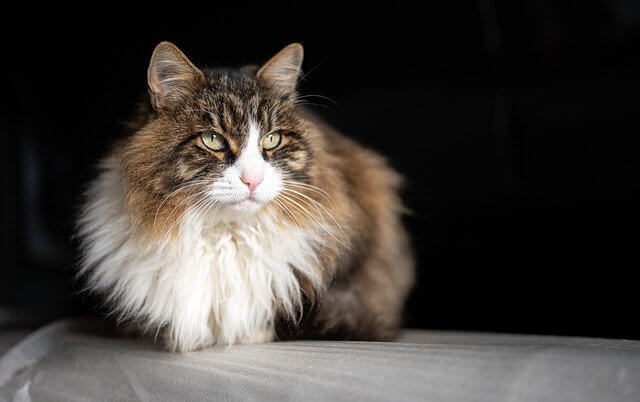
2. Diabetes
Feline diabetes, or diabetes mellitus, is a growing health issue among cats in the US. The cat’s pancreas should produce insulin that will balance the amount of sugar in the cat’s blood. However, when the body can no longer balance sugar levels, the cat develops diabetes.
3. Arthritis
Believe it or not, overweight cats can develop arthritis due to being overweight. Their joints will be under more pressure than usual, and the cat will have trouble moving. Unfortunately, arthritis is incurable, but you can help your cat lose a few pounds to reduce joint pressure.
Health complications of underweight cats
1. Hair loss
One of the first symptoms of malnourishment in cats is hair loss. Underfed cats won’t get enough nutrients to sustain a healthy coat, and their coat is one of the first things to go. That’s why many stray cats look sickly - their coats are in poor shape.
2. Compromised immune system
Your cat’s immune system depends on the nutrients it ingests from its food. If the cat doesn’t consume enough food, its immune system will stop working. The cat won’t have enough “protection,” and even minor infections or viruses can cause significant problems.
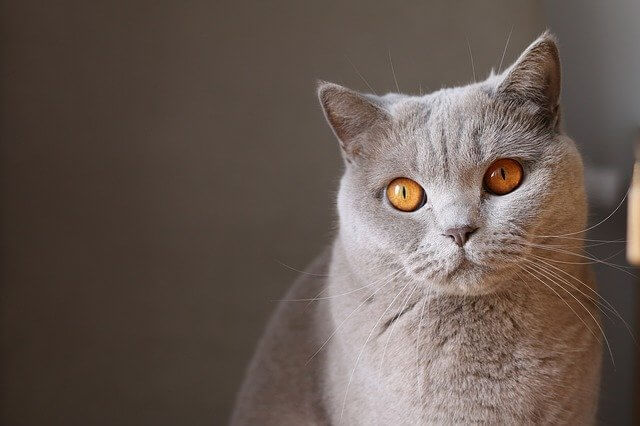
3. Possible organ failure
Organ failure happens when an organ can no longer perform its duty. For example, kidney failure occurs when a kidney can no longer filter the blood properly. If the cat is malnourished, it can lead to organ failure and death.
These are just some of the issues malnourished cats can develop. Other issues are IBS, pancreatic stress, early death, musculoskeletal problems, leaky gut, muscular dysfunction, and many more.
How heavy should my cat be?
Unfortunately, there is no such thing as a unique healthy weight for all cats. Some cat breeds are larger, which means their healthy weight is bigger than those of smaller cat breeds. For example, the Maine Coon is the largest cat breed, and they should weigh 9 - 18 pounds. That is significantly more than a LaPerm, whose average weight is 5 - 8 pounds. Experts agree we should measure the ideal cat weight differently. Vets use a cat body condition score system, which helps them determine whether a cat is healthy.
What is the body condition score?
The body condition score is a helpful chart that describes what a healthy-weighted cat should look like. This chart describes how different parts of the cat should feel during an examination. It focuses on the cat’s ribs, waist, and abdomen. The ideal cat weight is described like this;
“Well-proportioned; observe waist behind ribs; ribs palpable with slight fat covering; abdominal fat pad minimal.”
Here is a helpful chart that describes all conditions.
How can I restore my cat’s healthy weight?
Most of us already know the answer to this question. If your cat is overweight, you need to help them lose weight, and if the cat is underweight, you need to feed them more to help them gain weight. Here’s a detailed description of how to do that.
Overweight cat
The first thing you should do is take your cat to the vet. Your vet will easily determine if your cat is overweight and will advise you on physical activities and exercises you can do at home with your cat. You can even order cat exercise wheels and get your cat moving. It might take a bit of time to get your cat used to it, but a combination of exercise and diet change is usually what vets recommend. It is most likely your cat will have to switch to low-caloric cat food.
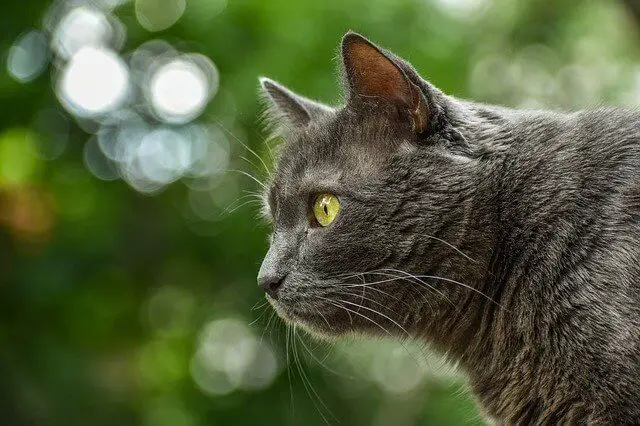
Underweight cat
The first step for an underweight cat is the same - take them to your vet. The vet will have to examine your cat and make sure they are healthy and malnourishment hasn’t caused any health complications we mentioned earlier. After the exam, the vet will tell you to either increase your cat’s food portions or switch to cat food with more calories. You shouldn’t overdo it with cat treats. They are tasty, but they don’t provide the necessary nutrients your cat needs for a healthy weight gain. Physical activity is also important. It will help your cat gain muscle mass.
In conclusion
A healthy weight is vital for the cat’s health. There is a system in place, called body condition score, that can help you determine whether your cat has weight issues. If you think your cat might be at risk, you should contact your vet and schedule an appointment. They will give you the best advice on what to do next.
World Cat Finder Team

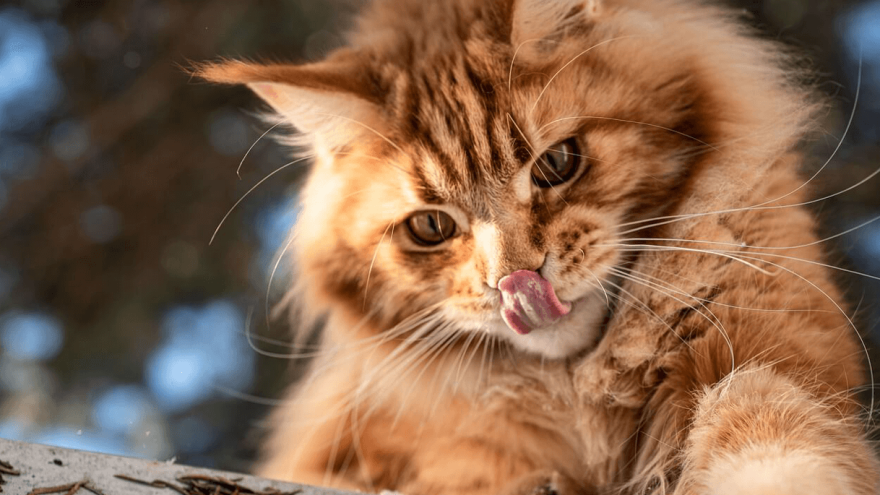
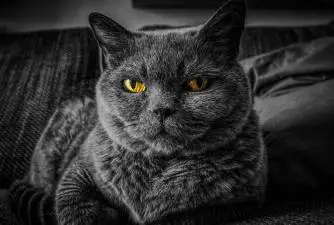
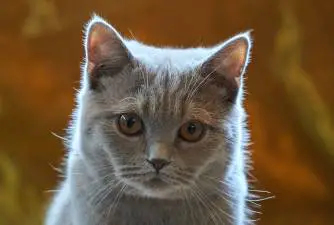

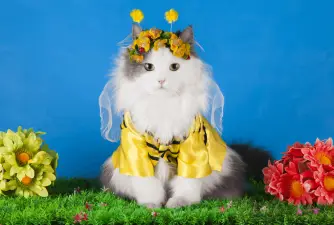

Share